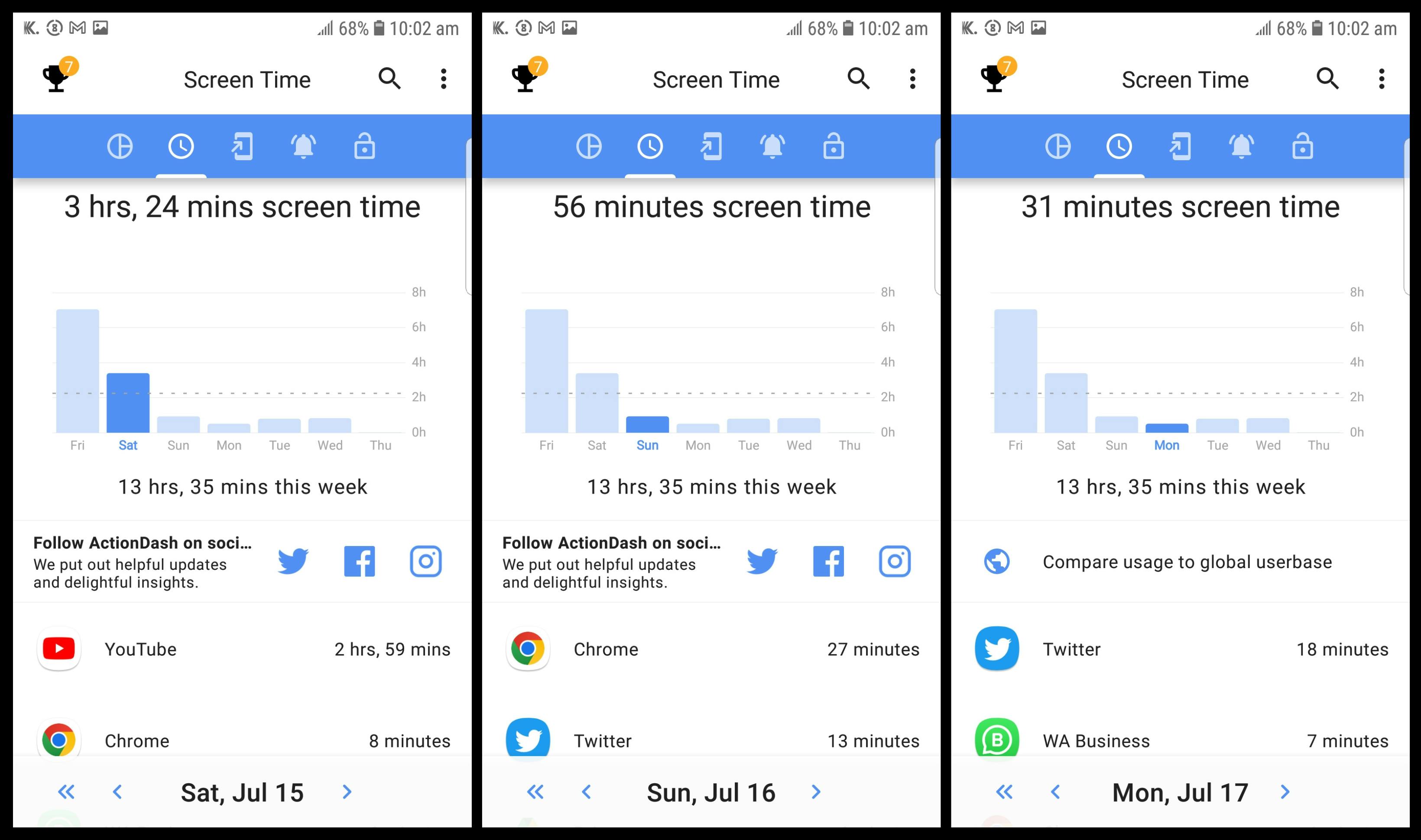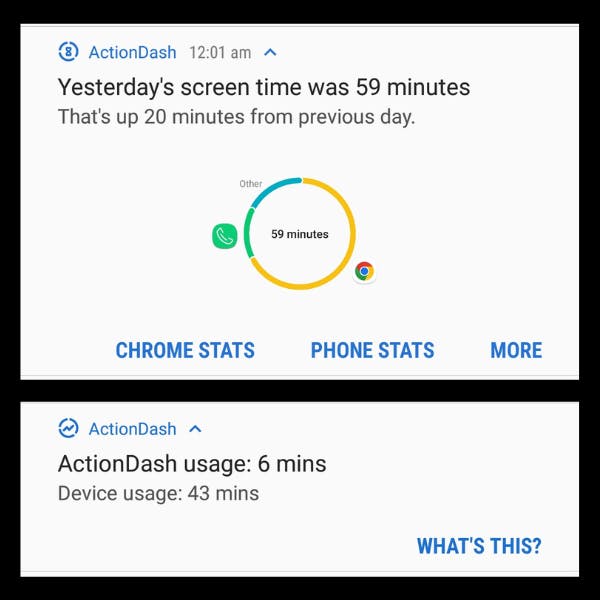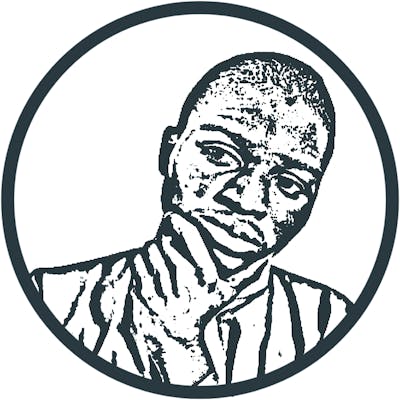I recently wrote an article explaining how my productivity dipped, and I could not get things done due to addiction and fear. Afnotingting that article, I decided to find solutions to the problem, and since then, I've discovered some strategies which I have been practising and which have been helping me become who I used to be once again. In this article, I'll explain those strategies, how I've been applying them, how much they benefit me, and why you might want to practice them, too, especially if you've been experiencing similar issues.
Dopamine
As a part of my move to fix my mind and strengthen my resolve, I did a mass cleanup of my YouTube subscriptions, reducing my subscriptions count by over half. I also began to watch productivity and self-help videos, hoping to find one that would hit me at the right spot. I mainly watched videos by Ali Abdaal and Jay Shetty and those from other creators. So, four days ago, I came across this video by Iman Gadzhi, where he talked about dopamine and dopamine detox, and I found it quite fascinating. I previously watched this short by Ali Abdaal some weeks ago on the topic but didn't pay much attention since my agenda at that time was mainly to have fun. This time, however, I took it upon myself to try out the protocol, and it was exactly what I needed, for the most part.
What is dopamine?
I won't pretend to be a specialist in this area of expertise. So, I'll only give simple explanations; hopefully, you'll get the hang of it. Dopamine is a chemical, specifically a neurotransmitter produced and stored primarily in the brain, which is released when we experience something pleasurable, feel motivated, or are in a good mood. This dopamine release signals to other parts of the brain how desirable an action's outcome is, pushing a person to perform that action or stay away from it. So, for example, when you eat and find the food delicious, dopamine is released, which signals to some parts of the brain that the outcome of eating that food is desirable, propelling you to eat more of it.
Just as the release of dopamine can ultimately drive one to perform one action, it can also be the reason for not performing another. If you enjoy watching comedies on YouTube, you might find it challenging to focus on other tasks you have at hand. Watching those videos makes you feel pleasure, so dopamine is released (to some other parts of the brain), increasing the desire for the action. At that time, if you think about those other tasks, you won't feel the drive to work on them because the urge to watch those comedies is already high, while there's little to no desire to do them.
In my case, I got driven away from programming and drawn to streaming Netflix and YouTube, as I explained here. Streaming those platforms caused an increased desire for them and brought my urge to do programming to an all-time low. I had to do some reset somehow.
Dopamine detox
Dopamine detox (short for detoxification) or dopamine fasting means avoiding dopamine triggers for a particular period. The goal is to reset the dopamine levels in the brain so that by the end of the detox, the person feels balanced and is less sensitive to the usual dopamine triggers.
The concept of "dopamine detox" and its effects is not particularly correct scientifically, as the body continually produces dopamine, which is not only released when one experiences pleasure. However, the whole concept of abstaining from triggers to achieve a sense of balance after the detox works.
To do dopamine detox, one has to follow a set protocol for a fixed period. As Iman Gadzhi mentioned in his video, there are many variations, so it's up to you to decide which one to follow. I, however, decided to follow the one he laid out in his video, and it's working well so far.
The protocol
For the detox, you must adhere strictly to the following for seven days.
1 hour max screen time
10 minutes meditation
No YouTube
No adult stuff
This is Iman's protocol, and it's what I'm using too. But as he said, you can change it if you must.
Managing a max screen time of one hour
When I started it four days ago (16th July 2023), it wasn't easy to cope, especially with "One hour max screen time" and "No YouTube". I spent a ridiculous amount of time on my phone but didn't know it. To keep track of my phone usage, I installed ActionDash, and so far, it has done a fantastic job at that. One of the reasons why the app is so good is that it sources the usage data from the operating system, so it could access my phone usage data for the days when I haven't installed it, as the OS has those stored. (I don't know if this is true on IOS, though.) I installed the app on Saturday, 15th July 2023, which immediately affected how much I use my phone. The following image shows how much I used my phone just before I installed it:

You would agree that that's too much time to spend on a phone when I mostly only surfed YouTube. The app has a lot more features than just screen time tracking. These include the following:
Device unlock count
App launches count
Notifications per app count
App exclusions (to not count some apps towards the set screen time limit)
Setting usage limits on a per-app basis
Focus mode
... and a lot more
On the Saturday that I installed the app, I still spent a lot of time on the phone, but that was to figure out how not to spend that time on it afterwards. In the image below is my usage data for the next three days. I began dopamine detox on Sunday, so my screen time could no longer get over one hour, and of course, no more YouTube.

ActionDash has two lovely little features, but they're something that I genuinely like. See them in the image below.

Every day, ActionDash shows a notification of my screen time for the previous day. It also shows my usage stats for any app I'm currently using (in the notification panel), two tiny features, but ones that have significantly impacted how I use specific apps and my phone.
I could rant about how much I use ActionDash, but you already get the idea. It's a handy app; you should consider getting it if you're always drawn to your phone like I used to be. It's free anyway.
This part of the detox protocol has had the most effect on how I work. I can now comfortably spend six hours a day working on my laptop without feeling like ditching it to watch YouTube. It might be worth noting that I'm applying the one-hour screen time limit specified in the protocol to just my phone since working more with my laptop is what I'm working towards anyway.
Other parts of the protocol
I've managed to keep up with 10 minutes of meditation daily, but it hasn't been in the best condition. I can't find a quiet place to meditate, but I do it in the mosque after prayer since that's my best option.
As for not watching YouTube, I initially thought it would be difficult, but it turned out not to be. I'm excellent without it. I'm even considering setting a drastic limit on the YouTube app in ActionDash after the detox.
About staying away from adult stuff. For me, that's not a problem whatsoever.
Where I'm going from here
I'm feeling great right now. I've been working steadily without issues for the past four days. The only thing cutting down my work time is the availability of electricity. But there are a couple of things I'm hoping to make a part of myself. For example, I want to write much more on this blog. I also want to stop forcing myself to participate in hackathons, as that's taking its toll on my mental health. As a result, I've stopped working on my project for the ongoing AWS Amplify hackathon. That's not to say I won't participate in hackathons anymore. I just won't join if I'm not genuinely interested or there's not enough time left.
I'm also planning to go into monk mode, as Iman Gadzhi discussed in this video, once the detox is complete; hopefully, I'll be able to stay productive.
I have quite a lot on my calendar, each of which I'll document here as time goes on. I'll also put out lots of tutorial articles in the coming weeks. So, stay tuned for that.
Thanks for reading. If you enjoyed this, don't forget to follow me, Abdulramon Jemil and subscribe to this blog's newsletter (using the form below) to get updates directly in your inbox.
Bye for now.

